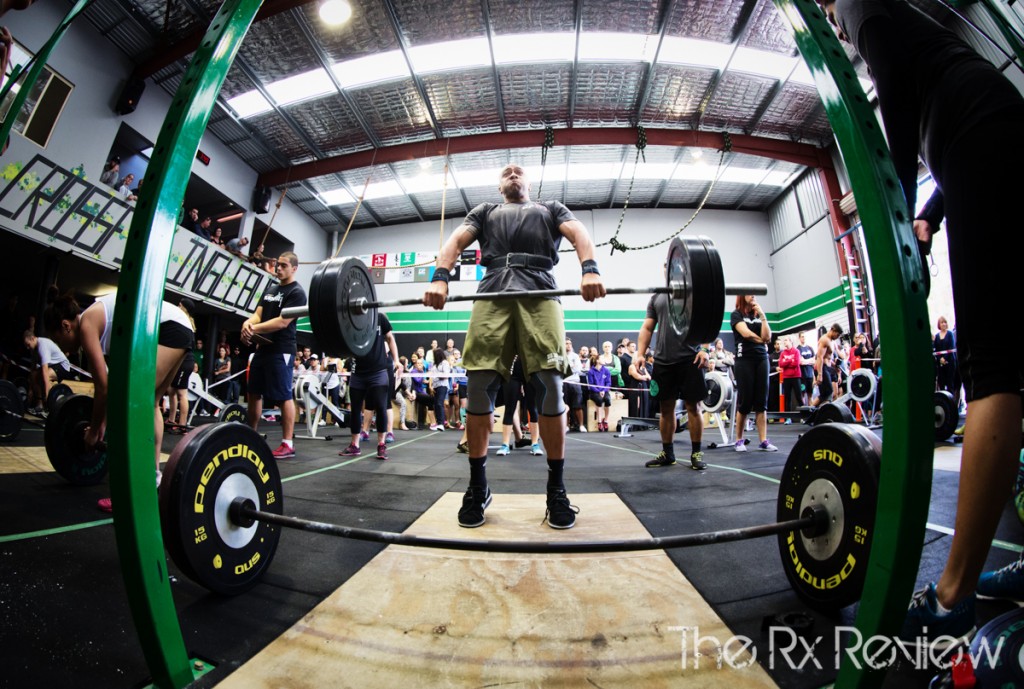
Highs and lows, victories and setbacks often characterize fitness journeys. One of the most challenging obstacles that many fitness enthusiasts encounter is injury. Injuries can disrupt your progress and leave you feeling frustrated and unmotivated, whether it’s a sprained ankle, a torn ligament, or a stress fracture. However, overcoming injury and returning stronger is possible and can be a transformative experience that leads to greater resilience, strength, and success in your fitness pursuits.
This article explores the physical and mental aspects of overcoming injury in fitness. It will discuss strategies for rehabilitation, maintaining motivation, and rebuilding strength after an injury. Adopting a positive mindset and implementing effective recovery techniques can reignite your fitness game and help you emerge from injury more potent than ever.
Understanding Injury
Before delving into strategies for overcoming injury, it’s essential to understand the nature of injuries and their impact on the body. Injuries can occur due to various factors, such as overuse, poor technique, inadequate warm-up, or accidents. Common fitness-related injuries include sprains, strains, tendonitis, stress fractures, and ligament tears. Nevertheless, there may also be instances wherein you slip and fall during your gym training. In this case, a reputable Alpharetta Slip and Fall Injury Lawyer suggests seeking legal assistance to understand your rights and options for compensation. While fitness-related injuries often result from overexertion or improper form, slip and fall accidents can occur due to the negligence of gym owners or staff, such as failure to maintain safe premises or provide adequate warnings about potential hazards.
When an injury occurs, it’s crucial to address it promptly to prevent further damage and facilitate recovery. Ignoring or pushing through pain can exacerbate the injury and prolong healing. Seeking medical attention from a qualified healthcare practitioner, such as a sports medicine physician or even a physical therapist, is essential for accurate diagnosis and personalized treatment plans.
Rehabilitation and Recovery
Rehabilitation is one of the cornerstones in the recovery process after an injury. Depending on the severity and type of injury, rehabilitation may involve a combination of rest, physical therapy, strength training, flexibility exercises, and gradual reintroduction to physical activity. Physical therapy can restore function and improve mobility, strengthening the affected area through targeted exercises and manual techniques.
A skilled physical therapist will create a tailored rehabilitation program based on your injury and fitness goals, guiding you through each stage of recovery. Incorporating rest and proper nutrition into your recovery plan is essential for optimal healing. Adequate rest will allow your body to repair damaged tissues, while a balanced diet rich in protein, vitamins, and minerals provides the nutrients necessary for tissue regeneration and overall health.
Maintaining Motivation
One of the biggest challenges of overcoming injury is maintaining motivation throughout recovery. Feeling frustrated, impatient, and discouraged when sidelined by an injury is natural. However, maintaining a positive mindset and focusing on achievable goals usually helps keep you motivated and committed to your fitness journey. Setting realistic goals is critical to staying motivated during rehabilitation. Rather than fixating on your previous fitness level, focus on small, incremental milestones you can work towards each week. Celebrate your progress, no matter how small, and acknowledge the effort you put into your recovery.
Moreover, staying connected to your fitness community can provide valuable support and encouragement particularly during challenging times. Whether joining online forums, participating in virtual fitness classes, or seeking guidance from a coach or mentor, surrounding yourself with like-minded individuals often helps in staying motivated and accountable.
Adapting and Modifying
As you progress through the rehabilitation process, listening to your body and adapting your training is essential. This may involve modifying exercises, reducing intensity, or incorporating alternative forms of exercise that are gentle on the injured area. For example, if you’re recovering from a lower-body injury, you may need to focus on upper-body strength training or low-impact activities such as swimming or cycling.
Alternatively, if you’re dealing with an upper-body injury, you can prioritize lower-body exercises and core strengthening while allowing the injured area to heal. Cross-training can also be beneficial during recovery, enabling you to maintain overall fitness while giving the injured area time to heal. Experiment with yoga, Pilates, or tai chi to improve flexibility, balance, and mental well-being.
Rebuilding Strength
As your injury heals and you progress through rehabilitation, gradually reintroducing strength training exercises can help rebuild muscle mass, improve joint stability, and prevent future injuries. However, starting slowly and then gradually increasing the intensity and volume of your workouts is essential to avoid overloading the injured area. Focus on exercises targeting the muscles surrounding the injured area and compound movements that engage multiple muscle groups simultaneously. Functional exercises such as squats, lunges, deadlifts, and rows can improve overall strength and mobility while enhancing functional movement patterns.
Additionally, paying attention to proper form and technique is crucial for preventing re-injury and maximizing the effectiveness of your workouts. Start with lighter weights and higher repetitions, gradually increasing the load as your strength and confidence improve.
Embracing Resilience
Overcoming injury and returning stronger is not just about rebuilding physical strength; it’s also about cultivating resilience and mental toughness. The journey of recovery teaches valuable lessons about patience, perseverance, and self-care that extend beyond the realm of fitness. Embrace the challenges and setbacks as opportunities for growth and self-discovery. Recognize your progress, no matter how small, and trust in your ability to overcome obstacles and achieve your goals.
Remember that setbacks are temporary; with dedication and determination, you can emerge more robust and resilient from injury than ever before. Through resilience, individuals harness the power to transform adversity into strength, emerging from setbacks with newfound wisdom and fortitude. By embracing resilience, you conquer injury and pave the path towards a more resilient and empowered version of yourself.
Reigniting your fitness game after an injury requires patience, perseverance, and a positive mindset. By prioritizing rehabilitation, maintaining motivation, and gradually rebuilding strength, you can overcome injury and return to your fitness pursuits stronger and more resilient than ever. Listen to your body, adapt your training as needed, and celebrate your progress. The recovery journey is not always easy, but it’s an opportunity to learn, grow, and emerge stronger than before. With determination and dedication, you can overcome injury and achieve your fitness goals, one step at a time.






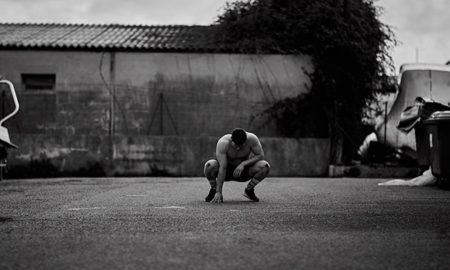



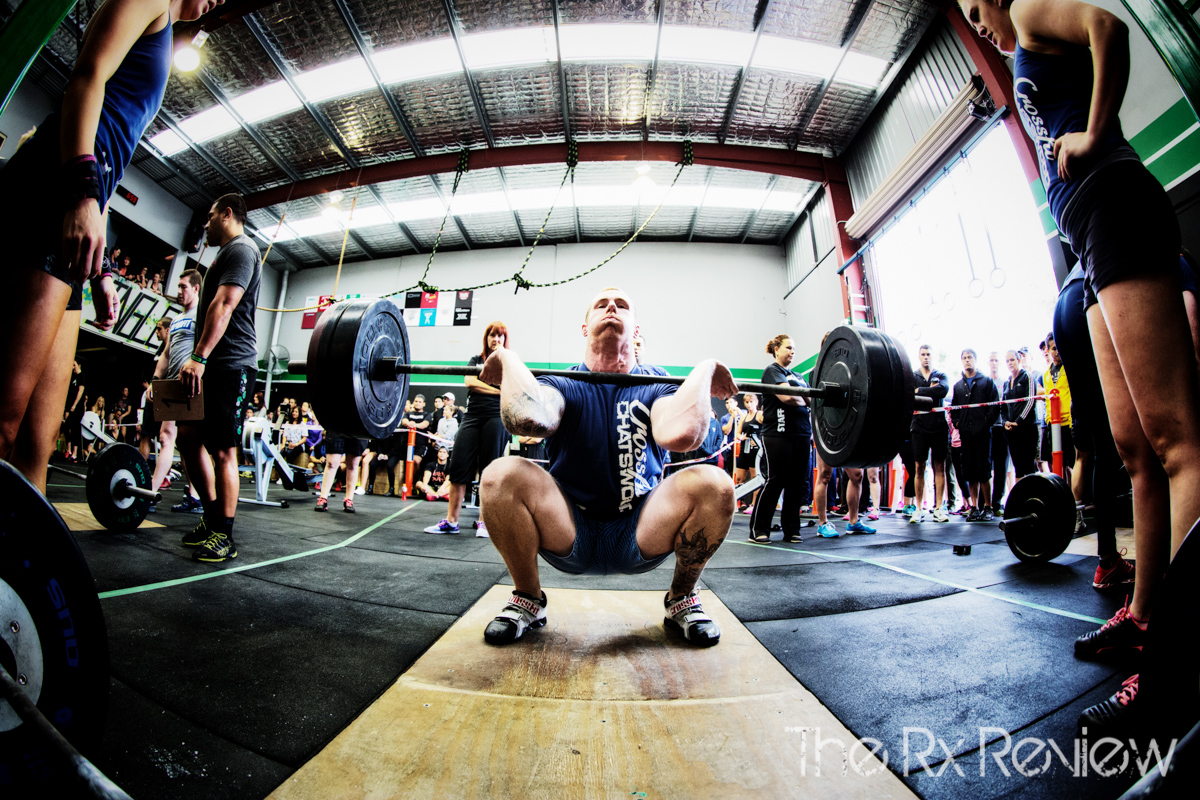


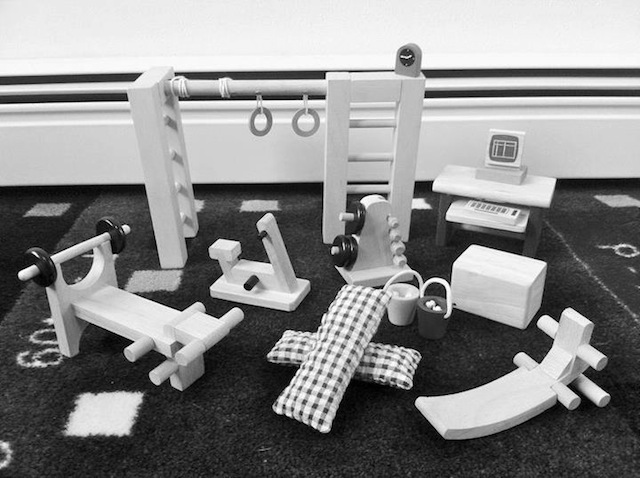


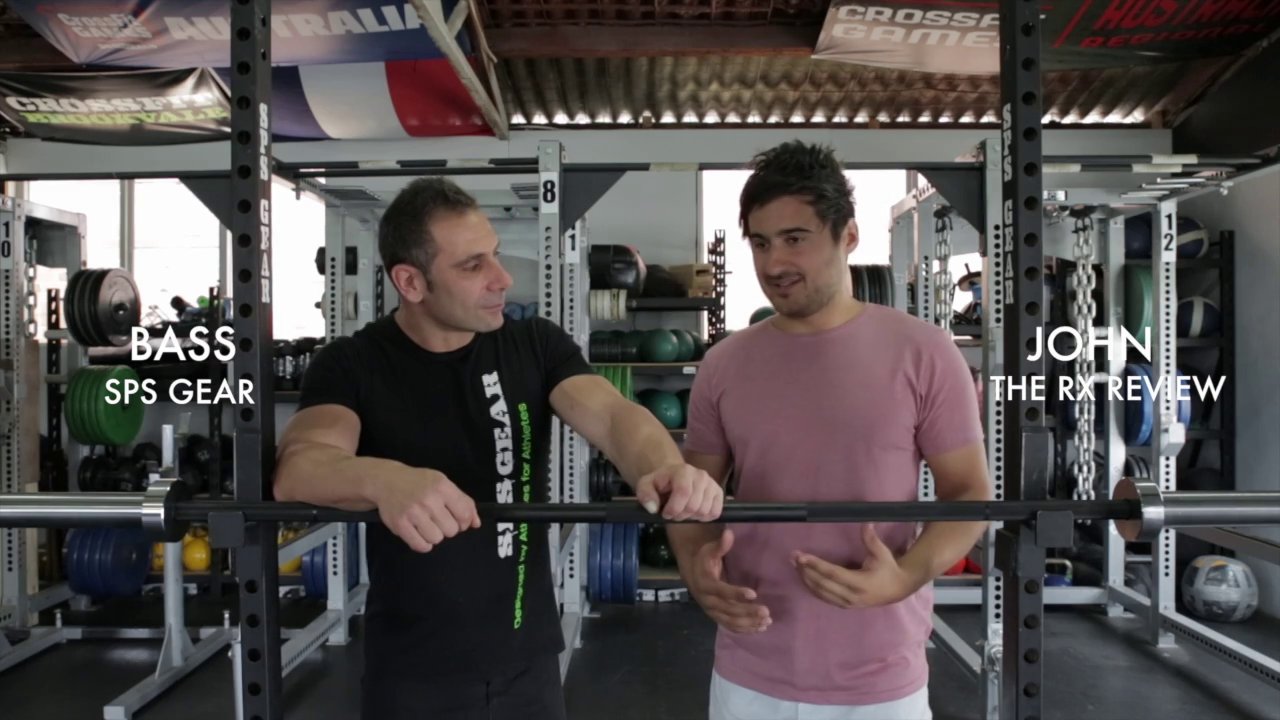
Follow Us